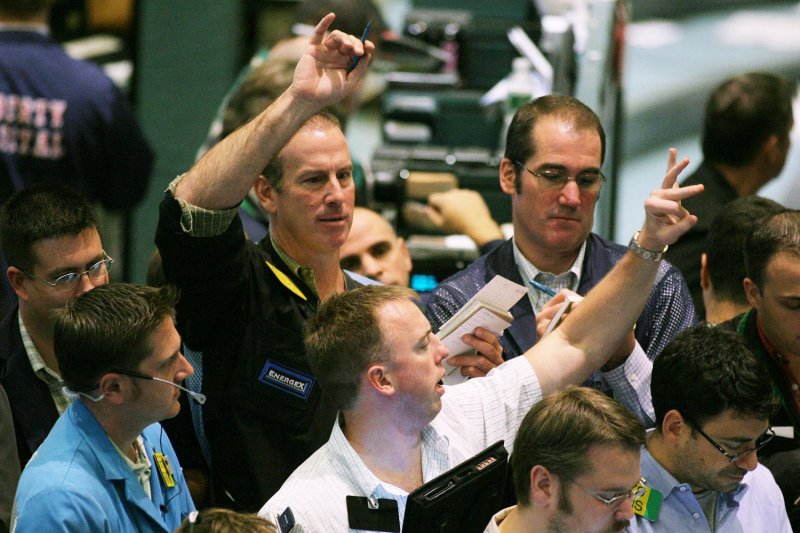Signs of easing supply-side pressures and broadening geopolitical tensions prime conditions for a steady rally in crude oil prices. File photo by Monika Graff/UPI. |
License Photo
April 12 (UPI) -- There was no end to the sustained rally in crude oil prices early Wednesday as OPEC chatter adds to the support emerging from geopolitical tensions.
Crude oil prices have been in rally mode for several consecutive sessions and the price for Brent crude oil is up about 12 percent from one month ago. The market focus over the last few weeks has been on crude oil and gasoline inventories in the United States, the world's leading economy, rather than production trends in the shale basins responding positively to higher oil prices.
The American Petroleum Institute reported late Tuesday a decline of 1.3 million barrels from U.S. crude oil inventories and an even bigger draw on gasoline inventories.
"Should this set of data be confirmed by the Energy Information Administration this afternoon we are likely to see the seventh consecutive daily price gain," Tamas Varga, an analyst with the broker PVM, said in a daily newsletter.
EIA's data are official figures from the U.S. government.
The price for Brent crude oil was up 0.46 percent about a half hour before the start of trading to $56.49 per barrel. West Texas Intermediate, the U.S. benchmark price for oil, was up 0.43 percent to $53.63 per barrel.
Market factors feeding the rally early Wednesday came from the monthly market report for April from OPEC, which showed some of the supply-side pressures that pulled oil prices below $30 per barrel were evaporating on the back of a managed decline agreement coordinated by the Organization of Petroleum Exporting Countries.
OPEC economists reported oil demand growth to be around 1.27 million barrels per day, an upward revision of 10,000 barrels per day. Much of the demand growth is coming from expanding Asian economies like India's.
On the supply side, OPEC said major producers like the United States are expected to stimulate non-member state production, though that's offset by a decline of 153,000 barrels per day from OPEC members to 31.93 million barrels per day. Russia and other contributing members, meanwhile, are supporting longer production cuts and data show compliance with the managed decline agreement is above the collective quota.
On the geopolitical front, the diplomatic fallout from last week's U.S. airstrikes on Syria continue to spill over to broader concerns about the relationship between Moscow, Washington, Tehran and Riyadh. Elsewhere, the regime in North Korea is rattling its sabers against the United States for its military presence in the region.
Further upsetting the geopolitical order is the decision from former Iranian President Mahmoud Ahmadinejad to throw his hat into the ring for upcoming presidential elections there. Ahmadinejad is far more conservative than Iranian President Hassan Rouhani and his entry could be a sign of increasing tension in the region with Western powers.
In a short-term market report, EIA said it expected Brent crude oil prices would average $54 per barrel for 2017 and $57 per barrel next year, with WTI trading a $2 per barrel discount to the global benchmark.















